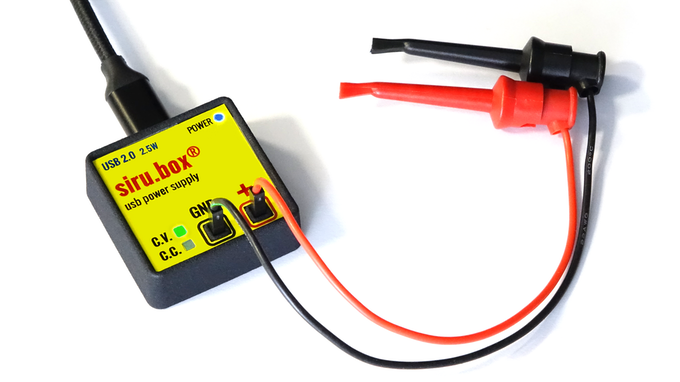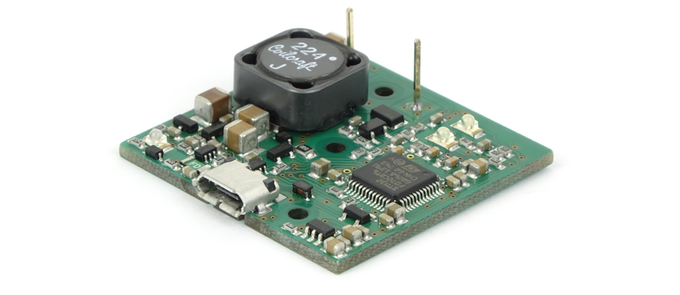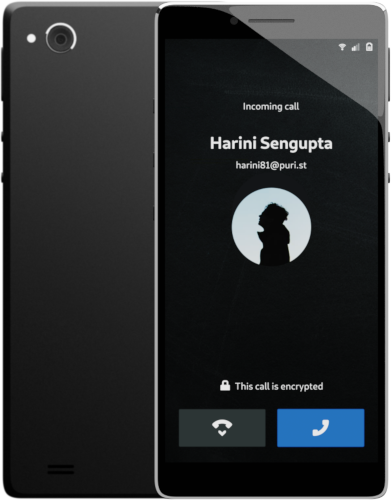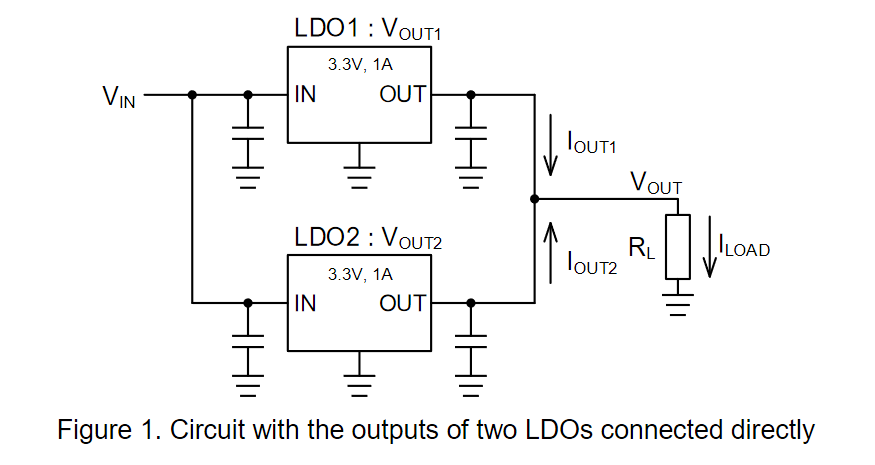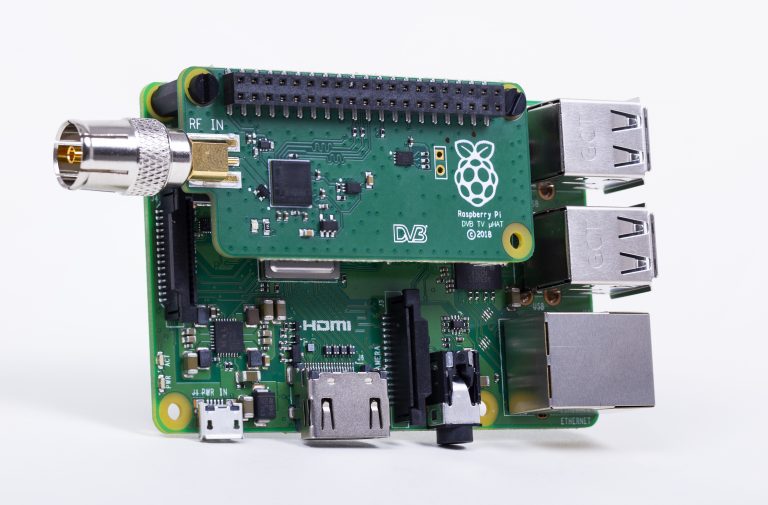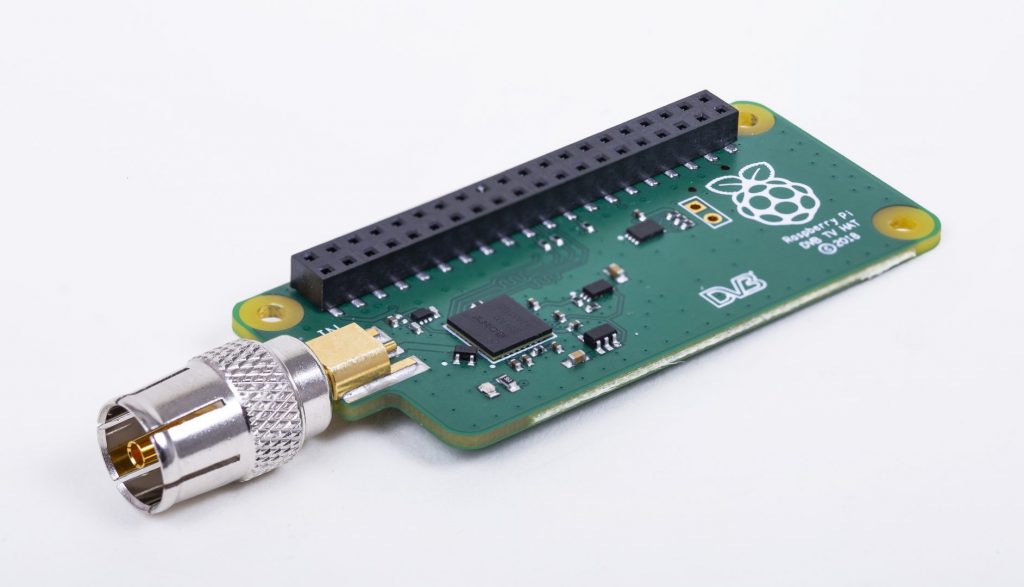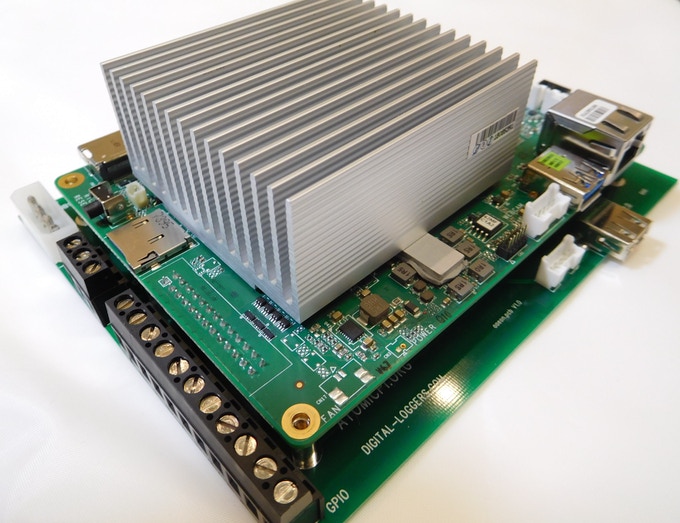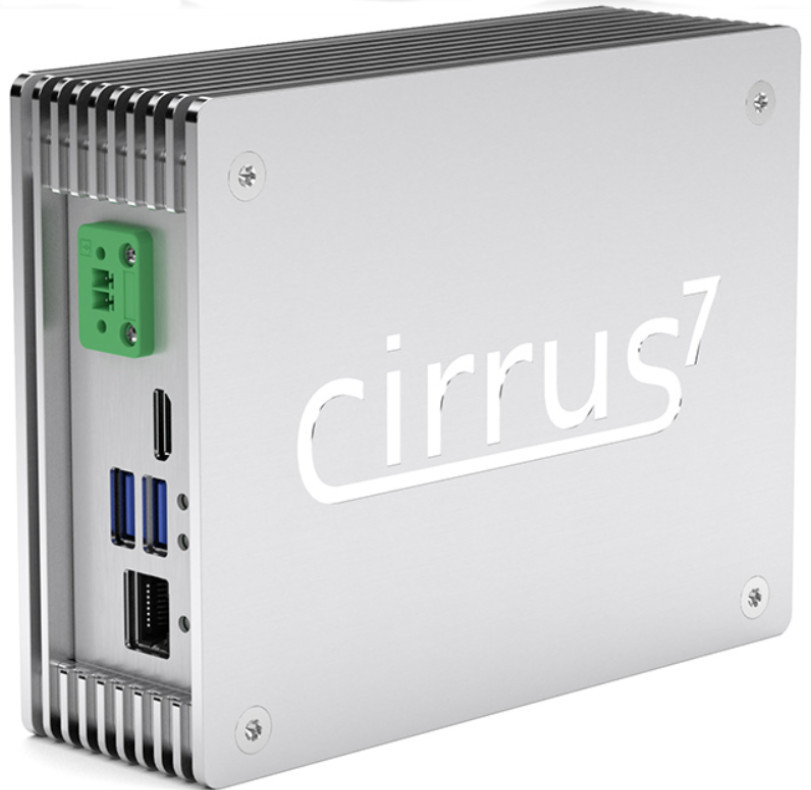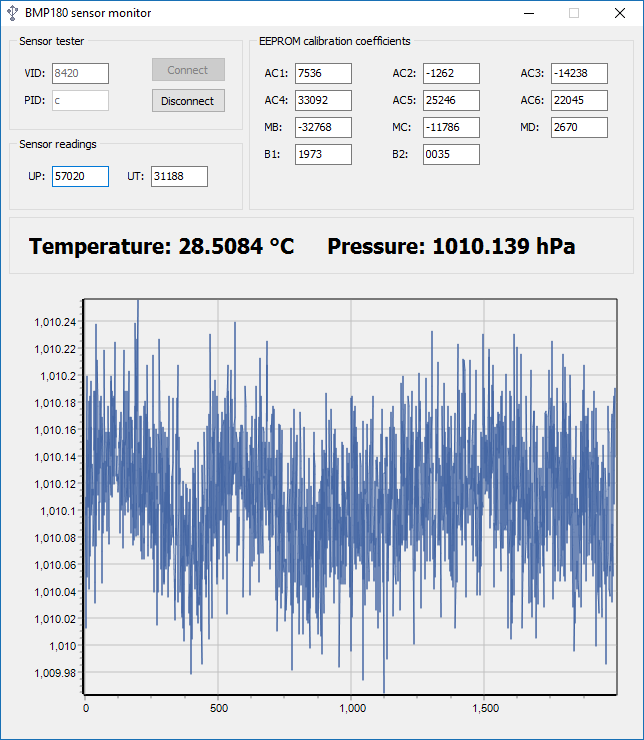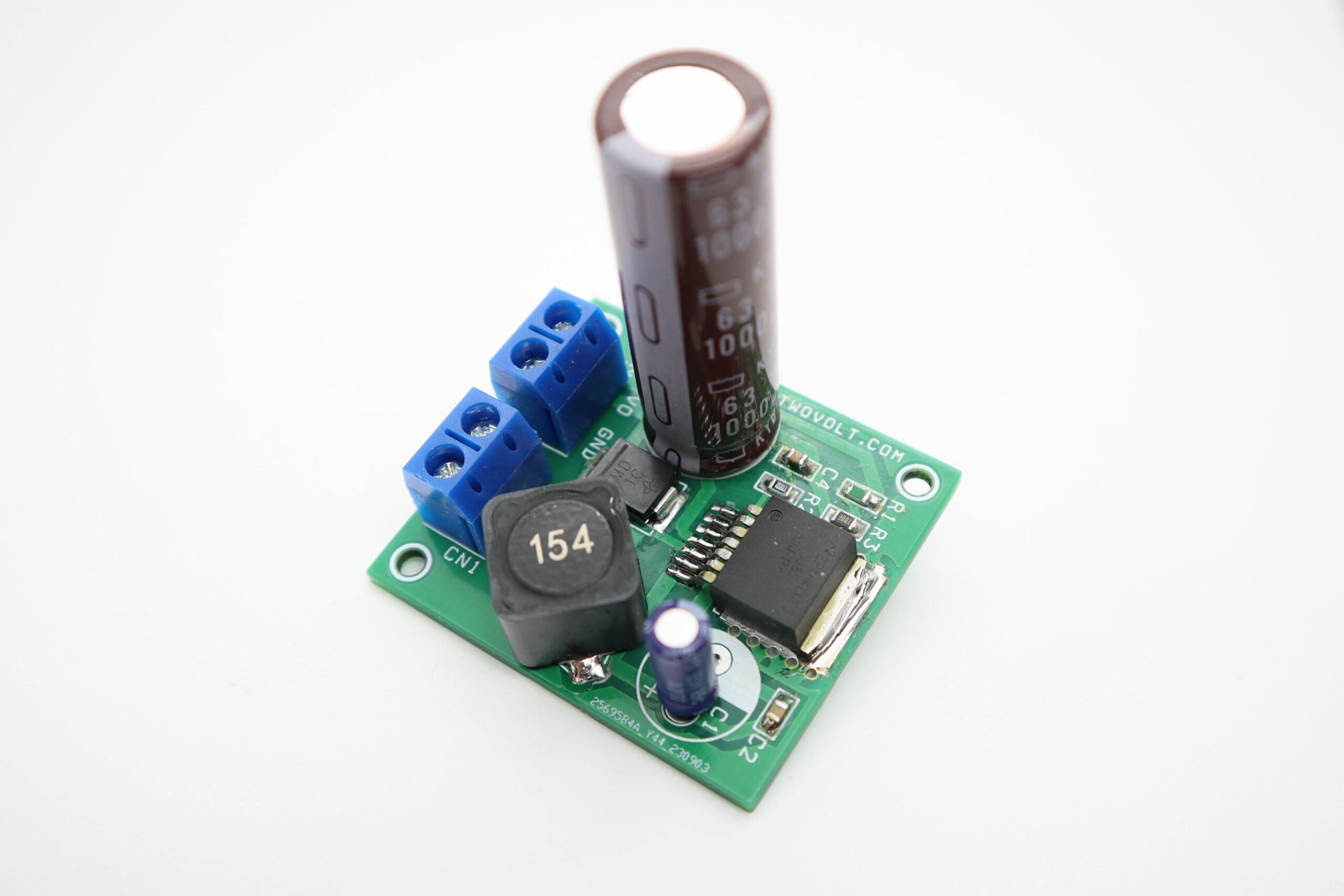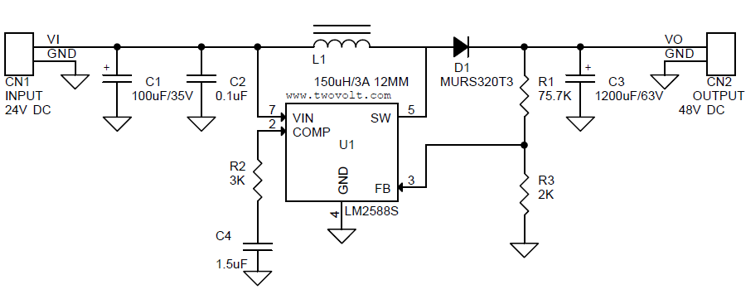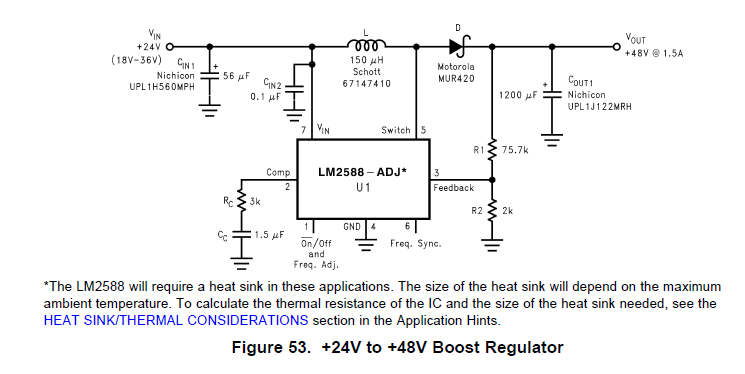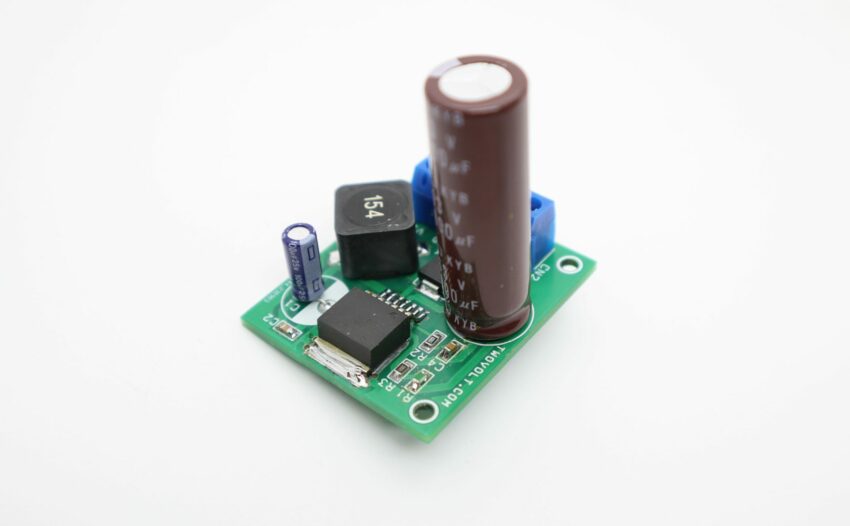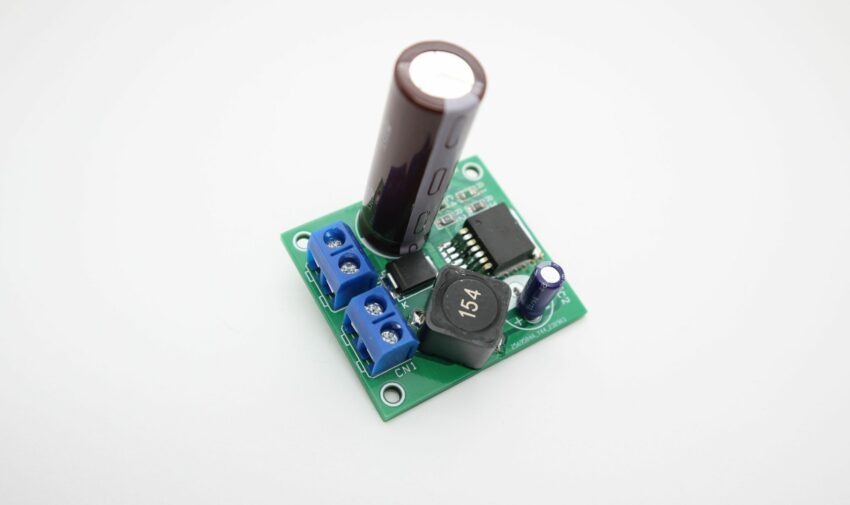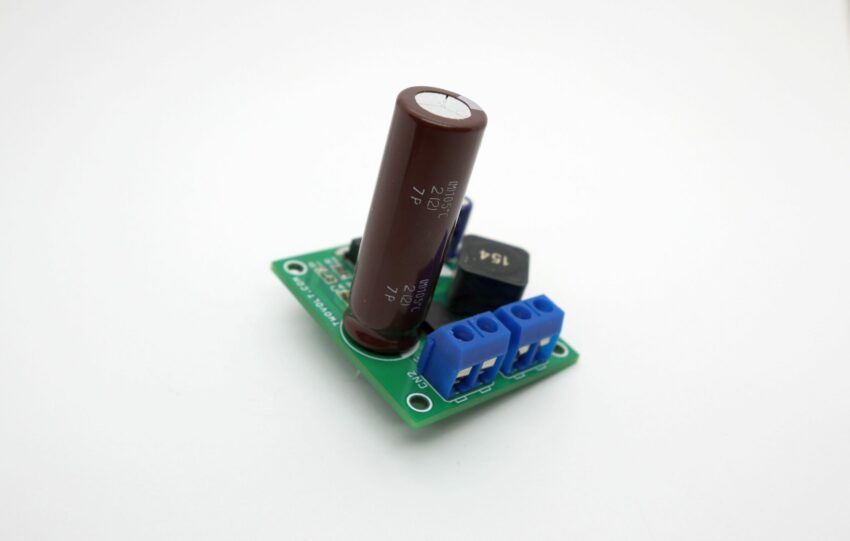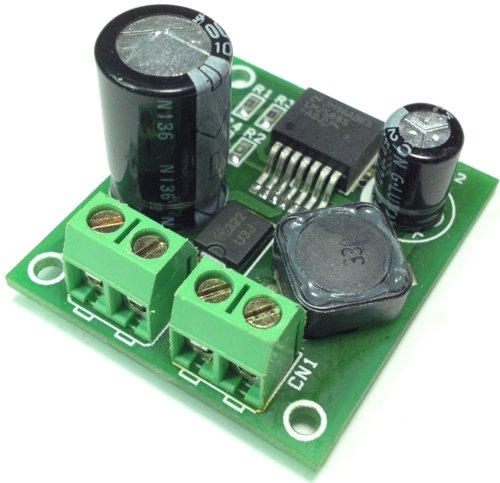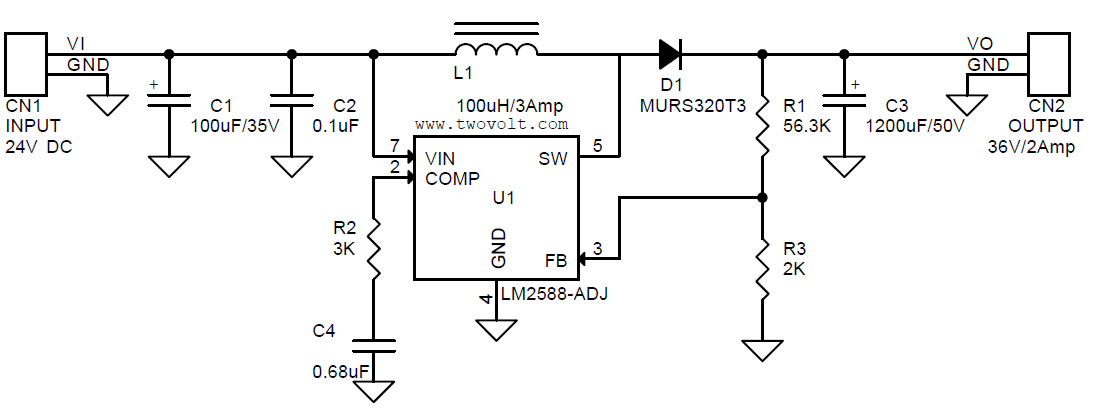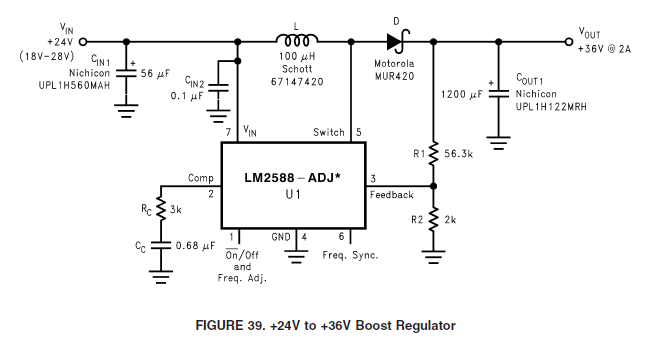Electronics-Lab wishes you a Happy and Prosperous New Year 2019!
First USB powered fully V/I controllable power supply
siru.box® is a Miniature variable power supply on USB 2.0, rated at 2.5W with controllable output voltage 0-15V AND controllable current up to 600mA.
Setup the output voltage and current limitation using your computer’s web browser! Just plug it in, no driver required for Windows, Linux, Raspberry PI!
In-house developed µC controlled DC/DC converter optimized for small devices with accurate voltage regulation between 0V and 15V and precise current regulation up to 600mA!
It can also be remotely controlled by your own scripts!
The mini USB power supply is live on Kickstarter, it is not funded till now and has 50 hrs to go.
Purism Librem 5 SmartPhone Now Shipping Its Development Kit
Purism Librem 5 Smartphone is a mobile phone that promises full control by it’s user. Privacy has always been a thing of concern for many users and with the supposed “Free Country” we live in, we never really have freedom. There are always eyes and ears monitoring us in all forms, for analytics or security as some proclaimed.
Some people are already saying Privacy is dead, well San Francisco-based freedom-focused computer manufacturer Purism is hoping to change that narrative in 2019 with the expected release of its much anticipated Librem 5 smartphone, that focuses on security by design and privacy protection by default. Purism believes they can put “complete” control of your phone into your hands, both hardware and software, with the Librem 5 smartphone, which they tout as being “the only smartphone you can truly own.”
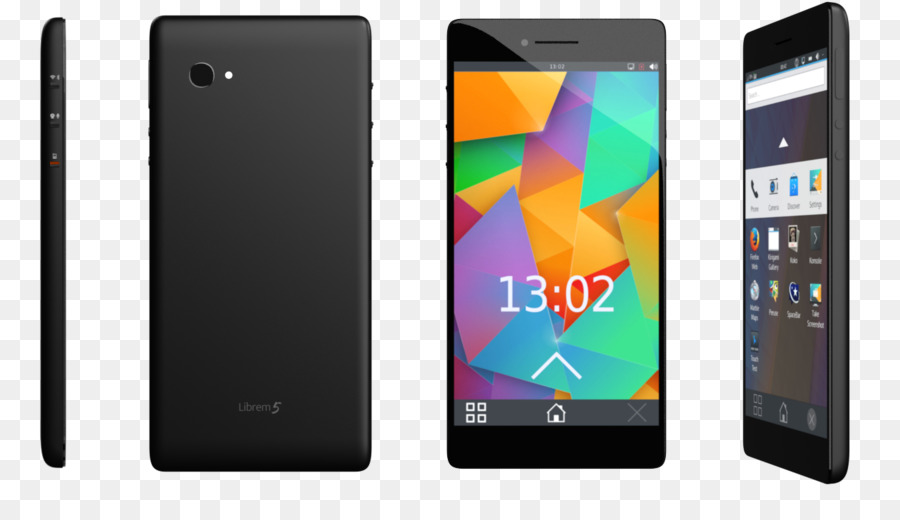
Purism which already crowdfunded the Librem 5 smartphone and has a reported availability date of April 2019, also provide developers the avenue to order a development kit in earlier 2018. Purism announced that the Librem 5 dev kit’s hardware is “done and shipping” for the backers.
The Librem which features an upgraded NXP i.MX 8M quad-core Cortex-A53 processor as compared to the initial i.MX 6M and house a 3Gb of LPDDR4 RAM, 32GB onboard storage, 16Gb of eMMC Flash, a 5.7-inch LCD touchscreen display (18:9 720 X 1440), micro SD slot, mini HDMI, microphone/speaker/3.5mm jack, and a USB-C port. It will also provide network connectivity as seen in top ended phones featuring an M.2 low-power Wi-Fi/Bluetooth, a SIM7100E cellular base-band card (3G/4G networks plus SIM card slot), and an Ethernet port for data transfer and debugging.
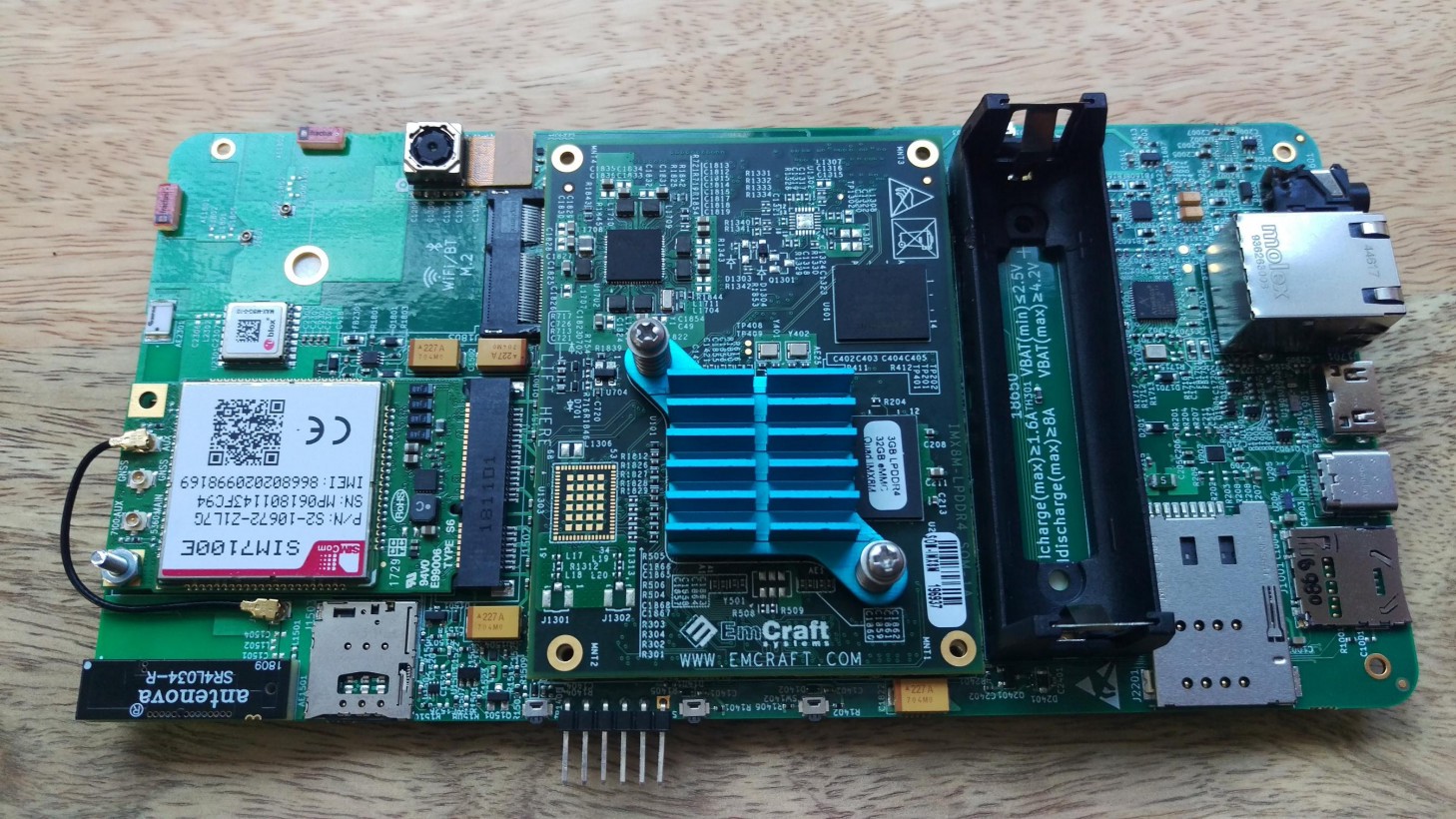
The DevKit features a host of sensors as they are found on the main product. It comes with a 9-axis inertial IMU sensor, ambient light sensor, and proximity sensor and support for both GPS and GNSS are builtin. Power is supplied via USB-C or 18650 Li-poly rechargeable battery.
The Librem 5 is a phone built on PureOS, an entirely free, ethical and open-source operating system that is not based on Android or iOS and built on the GNU/Linux system. It will also include other range of Debian Linux OS like Ubuntu, Fedora, and others. Purism is currently offering the Librem 5 in kit form for developers looking to provide feedback to the Purism engineering team, and the community before the end product is shipped in April, next year.
Purism is backing on its community to help in the final sprint to the finish line and will be taking help with testing, feature requests, and of course code! The Purism Librem 5 is available for pre-order now through January 7 for $599, and price will go to $699 after that date. More information about the dev kit is available on the announcement page here.
Connecting LDOs in parallel
App note from ROHM semiconductor on combining LDOs for higher load capacity.
When you want to increase the output current capacity of an LDO, or when the power dissipation of a single LDO is insufficient, you might think of connecting LDOs in parallel if you need to disperse the dissipation using two LDOs. This application note provides some hints on how to connect LDOs in parallel.
Connecting LDOs in parallel – [Link]
Watch TV with the Raspberry Pi TV HAT
The Raspberry Pi Media Experience just got a new boost with the Raspberry Pi TV HAT. The Raspberry Pi TV HAT is an add-on that will increase the capability of your already awesome Raspberry pi.
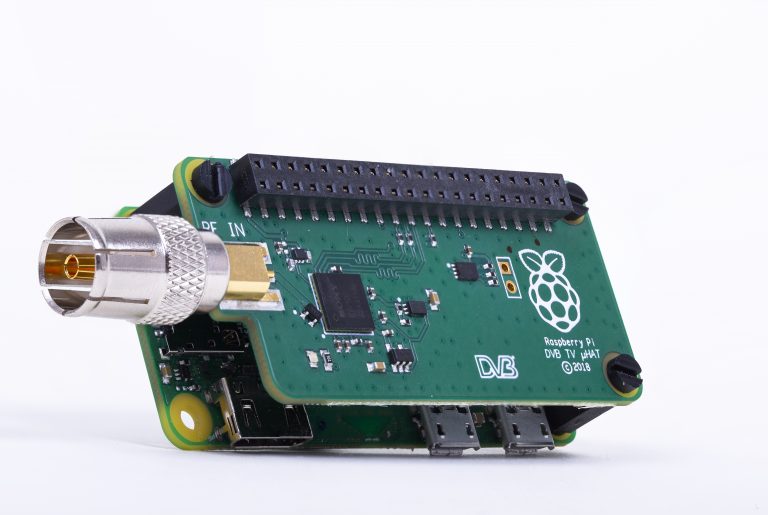
The Raspberry Pi TV HAT which was recently launched is an add-on board for the Raspberry Pi and it is on sale for around $21.50. This add-on connects to the 40-pin GPIO header and to a suitable antenna making it possible for the Raspberry Pi to receive DVB-T2 (Digital Video Broadcasting-Second Generation Terrestrial) television broadcasts.
The new HAT add-on follows the new Raspberry Pi form factor of HAT (Hardware Attached on Top) and fits comfortably on top of the Raspberry Pi Zero. The board allows you to receive and view television on a Raspberry Pi and you can also use it as a server to stream television over a network to other platforms, which I believe is an exciting feature. Although the TV HAT fits easily well with the Pi Zero, it is recommended you use a more powerful Pi like the Pi 2, 3, or 3B+, as it might require more processing power.
The TV HAT has a single Sony CXD2880 tuner and is capable of viewing and recording multiple channels from the same mux. It supports both DVB-T2 and DVB-T video broadcast standards and reception in VHF III, VHF IV, and VHF V bands. The DTV-T2 and DTV-T video standards are adopted across Europe and Asia. Beware that you will need to acquire a license to use the TV HAT, and the RPi Foundation is working on extending support to DVB-T and DVB-T2 customers beyond Europe. The board is compliant with European EMC regulations.
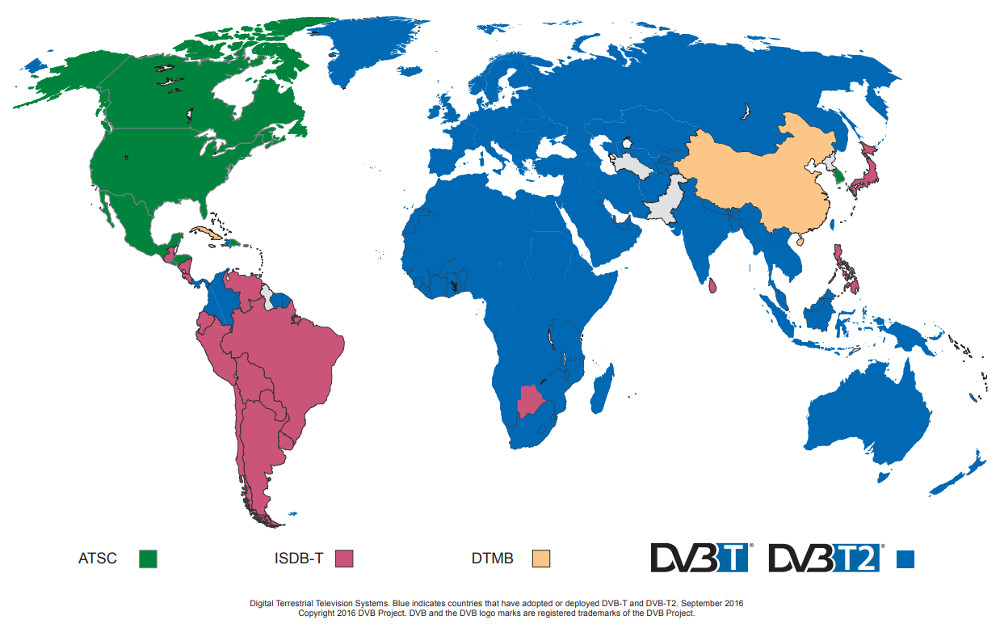
Aside from being used for viewing and recording television, one exciting possibility will be to see how the TV HAT can be hacked to be used for software defined radio. Although the chances of this happening are very low, you never can rule out that possibility.
The Raspberry Pi TV HAT opens up some fantastic opportunities for people looking to embed a TV receiver into their networks. More information about the product is available on the TV HAT page and documentation on getting started with the new TV HAT and streaming TV across a network has been made available as well.
Intel Atomic Pi SBC Launches for $34
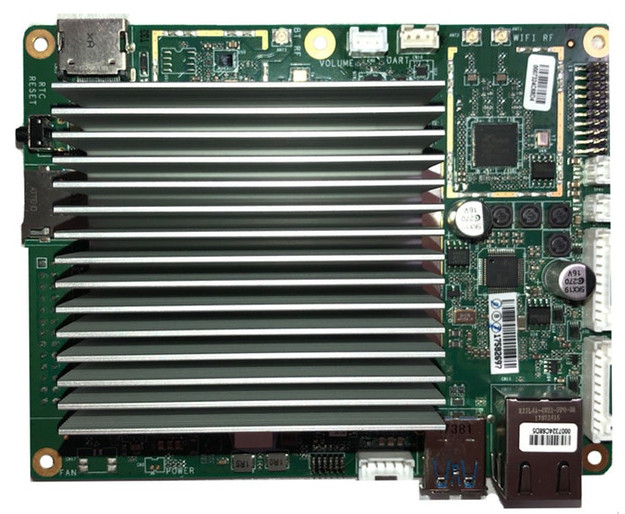
A crowdfunding campaign has been launched for a x5-Z8350, 2GB RAM, 16GB flash board called ATOMIC Pi. The IoT board Atomic Pi starts for just $34 plus shipping or $49 with a breakout shield on Kickstarter. The x86 price is on the low side, compared to Aaeon’s $99 UP board or the DFRobot’s $119 LattePanda SBC, which have the same Intel Atom x5-Z8350 “Cherry Trail” SoC. The Atomic Pi is not open source, and there are no community features available, offered by its other Cherry Trail rivals.
The datasheet and a quick start guide will be available on AtomicPi.org, which redirect us to the Digital Loggers website. The Atomic Pi has a bit of limited feature set. It is ridiculously cheap, considering the fact that it’s a quad-core, 1.91GHz Atom board.
It comes with a pre-installed Kubuntu distro based on Linux 4.15, and shipping is scheduled for the end of January. The board will come pre-loaded with Linux, but it also supports Windows 10 64-bit. The 130x100mm Atomic Pi has a 50mm height as a result of the heatsink. It also offers 2GB DDR3L, 16GB eMMC, and a microSD slot.
For communication, GbE, WiFi-ac, and Bluetooth 4.0 are available. An HD-only HDMI port with an audio output is available for display. The Atomic Pi offers USB 2.0 host and Micro-USB 3.0 OTG ports. The 5V board is equipped with a 9-axis IMU and a serial debug interface.
It also has a 26-pin GPIO and power connector, which extends through the optional breakout board that attaches to the bottom of the Atomic Pi. This enables screw terminals, a 12V header, and a prototyping area. If you live outside of the US, they won’t ship to you. The only option available is to go with a US forwarder. AAEON, the UP board maker, is one of their manufacturing partners as well as Qualtech Circuits, and PCWay.
The project is more than halfway toward its modest $3,500 funding goal, and we hope to see a good use of this cost-friendly board pretty soon.
Specifications listed for the Atomic Pi include:
- Processor — Intel Atom x5-Z8300 (4x Cherry Trail cores @ 1.8GHz); 2MB cache’ Intel HD 400 Graphics;
- Memory: 2GB DDR3L-1600RAM, 16GB eMMC (bootable with preloaded Linux), MicroSD slot for up to 256GB
- Wireless — 802.11ac dual-band WiFi (Ralink RT5572) with IPX connectors; Bluetooth 4.0 via a serial interface
- Networking — Gigabit Ethernet port (RTL8111G)
- Other I/O: HDMI port with HD resolution and audio out, Micro-USB 3.0 OTG port, USB 2.0 port, TTL serial debug up to 3.6Mbps, a 26-pin header for power and GPIO, Optional breakout shield with screw terminals, 2x serial, extended 26-pin GPIO, and prototyping area
- Other features — 9-axis inertial navigation sensor with compass
- Power — 5V input jack (requires 3A or 4A 5V supply); 4-15W consumption
- Dimensions — 130 x 100 x 50mm (with heatsink)
- Operating System — Pre-installed Kubuntu (Kernel 4.15.0-42-generic x86_64 bits: 64 gcc: 7.3.0; console: Ubuntu 18.04.1 LTS
More information may be found on Team IoT’s Atomic Pi Kickstarter page.
Cirrus7 Launches AI-Box TX2 and four Kaby Lake-based mini-PCs
Cirrus7 has launched an “AI-Box TX2” mini-PC with a Jetson TX2 module with -20 to 70°C extended temperature support. Cirrus7 also offers four Kaby Lake-based mini-PCs and a new Gemini Lake model.
The AI-Box TX2 has a similar build like its earlier 7th Gen Kaby Lake-based mini-PCs, but it is the smallest of all with 155 x 120 x 49mm dimensions. The AI-Box TX2 is designed based on the Jetson TX2 module, which is fitted with dual high-end “Denver 2” Arm cores and 4x Cortex-A57 cores. The AI-Box TX2 offers 8GB 128-bit LPDDR4 and 32GB eMMC. The AI-Box TX2 also has an optional microSD slot and a standard M.2 M-key 2280 slot with SATA and PCIe 2.0 x4. It also supports an optional NVMe SSD. An optional 802.11ac (WiFi 5) with Bluetooth module is available, as well as dual SMA connectors for antennas. The AI-Box TX2 offers GbE, USB 2.0, and 2x USB 3.0 ports. A mini-HDMI 2.0 port supports 4K displays, as well as optional CAN, UART, and I2C interfaces. The system is protected by an optional power input for a second supply or UPS, and also an optional DIN-rail power supply.
The system offers various mounting options, such as DIN-rail, VESA arm, and wall mounting. The system operates at 8-10W, with a less than 4W in idle. Option to customize the system by special order is available. The 256-core Pascal GPU and its CUDA libraries enable AI and machine learning algorithms useful in applications for drones, robotics, and a host of technology.
Other Cirrus7 mini-PCs include:
Cirrus7 Nimbini v2 Gemini Edition: The 157 x 157 x 81mm Nimbini v2 models are built on Intel NUC baseboards, and support dual 4K displays. The Gemini Edition offers a choice of Intel Gemini Lake SoCs instead of Kaby Lake. The Nimbini v2 Gemini Edition offers a GbE port, 4x USB 3.0 ports, a mini-Toslink digital audio jack, and 2x HDMI 2.0a ports for up to 4K@60 video. The price starts at 299 Euros ($344) with a dual-core, 2GHz Celeron J4005 with Linux, but without RAM, storage, WiFi/BT module, or mounting options. For a configured model with 4GB DDR4 and 120GB SSD, it is priced at 357 Euros, or $410. For a quad-core, 1.5GHz Pentium Silver J5005, an additional 69 Euros is charged, and it goes for a total of $426. It offers up to 16GB RAM and storage to 2TB. A SATA drive can be included in addition to the standard M.2 slot, or swap out the M.2 for one or two SATA drives.
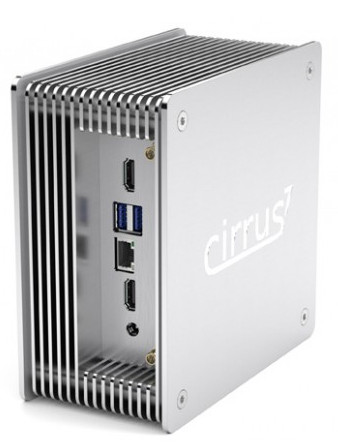
Cirrus7 Nimbini v2 Business Edition and Media Edition: The Media and Business Edition models have GbE port, 4x USB 3.0 ports, and M2 storage slots of the Gemini Edition. The Business Edition is equipped with 2x HDMI 2.0a ports while the Media Edition has a single HDMI 2.0a and a USB 3.1 Gen2 port with support for DisplayPort (with i3 models) or Thunderbolt 3 (i5). The Media Edition has standard WiFi-ac with Bluetooth 4.2, and an option of Intel Iris Plus Graphics 640 in addition to its Intel Ultra HD 620 GPU. Other features include optional USB 2.0 ports, for the Media Edition, and optional serial ports or a serial/USB combo for the Business edition. You can add a SATA drive or swap out the M.2 to enable one or two SATA drives for the Business edition, while you can add a single SATA drive to the standard M.2 for the Media edition. The Business edition offers Intel vPro for remote access and security tasks. It Starts at 499 Euros ($573)
Cirrus7 Nimbus v2: The 220 x 220 x 65mm Nimbus V2 offers an option of Kaby Lake chips which starts at 499 Euros ($573) with a 2.7GHz dual-core Celeron G3930T and 4GB DDR4. The system offers a 2x GbE, 4x USB 3.0, 4x USB 2.0, and single 4K ready DisplayPort 1.2 and HDMI with audio ports. It has similar M.2/SATA storage options like the Nimbini Gemini and includes RAID 0/1 support. Extended and extreme cooling systems are available, as well as WiFi/BT, a serial port, and VESA.
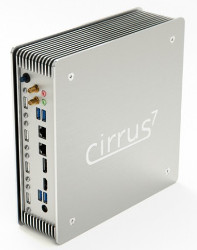
Cirrus7 One: At 218 x 218 x 108mm, the One system is the largest and most expensive of the Cirrus7 family. The system prices at 689 Euros ($792) starting with a 7th Gen, dual-core 2.9GHz Celeron G3930, which has 51W TDP rather than 35W on the Nimbus’ base level Celeron G3930T. It also includes 8GB DDR4, expandable up to 32GB. HDMI 1.4a and DisplayPort with audio and 4K support plus a dual-link DVI port are listed. Other features include a GbE port, 6x USB ports, a PS/2 port, eSATA, and audio jacks. Two antenna connectors are available for the standard WiFi/BT 4.0 module. It offers a standard DVD/DC burner tray, which can load up to three 2.5-inch SSD or HDDs with RAID 0/1/1+/5.
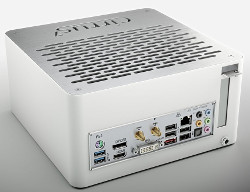
More information can be found on Cirrus7 product page
BMP180 Based USB atmospheric Pressure Monitor
Dilshan R Jayakody designed a BMP180 sensor module based on PIC18F2550 MCU to test out it’s performance. He writes:
We initially developed this USB atmospheric pressure monitor to study some operating characteristics of Bosch BMP180 sensor. BMP180 is low cost sensor to measuring barometric pressure and temperature. According to the data sheet this sensor can use to measure pressure ranging between 300hPa to 1100hPa. This sensor is introduced couple of years back but still it is popular due to lower cost and simplicity.
We did this unit to test BMP180 sensor more accurately and to study it’s behaviors. This unit is based on PIC18F2550 microcontroller and the main reason to select this MCU is because of it’s built-in USB 2.0 interface.
BMP180 Based USB atmospheric Pressure Monitor – [Link]
24V to 48V @ 1.5A Step-Up DC-DC Converter using LM2588
This is another boost DC-DC Converter that provides 48V DC output from 24V DC input with a load current of up to 1.5A. The board is very small. Booster is based on LM2588 IC from Texas Instruments. The LM2588 regulator integrated circuit is specifically designed for fly-back, step-up (Boost), and forward converter. Board has minimum components, screw terminal is provided for input & outputs.
Features
- Input Supply 24V DC
- Output 48V 1.5A
Schematic
Parts List
| SR. | QNTY. | REF. | DESC. |
|---|---|---|---|
| 1 | 1 | CN1 | 2 PIN SCREW TERMINAL - 5 mm pitch |
| 2 | 1 | CN2 | 2 PIN SCREW TERMINAL - 5mm pitch |
| 3 | 1 | C1 | 100uF/35V |
| 4 | 1 | C2 | 0.1uF - 0805 |
| 5 | 1 | C3 | 1000uF/63V |
| 6 | 1 | C4 | 1.5uF - 0805 |
| 7 | 1 | D1 | MURS320T3 |
| 8 | 1 | L1 | 150uH/3A |
| 9 | 1 | R1 | 75.7K - 0805 |
| 10 | 1 | R2 | 3K - 0805 |
| 11 | 1 | R3 | 2K - 0805 |
| 12 | 1 | U1 | LM2588S-ADJ - Package: TO-263 |
Reference Design
Measurements
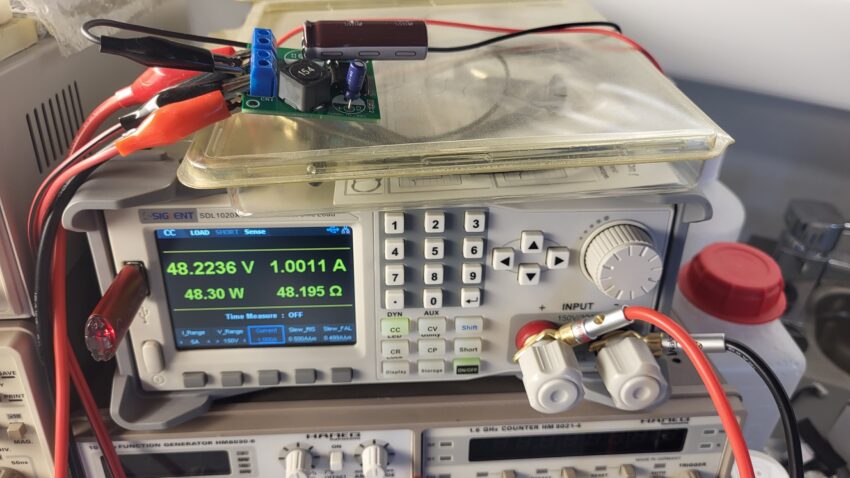
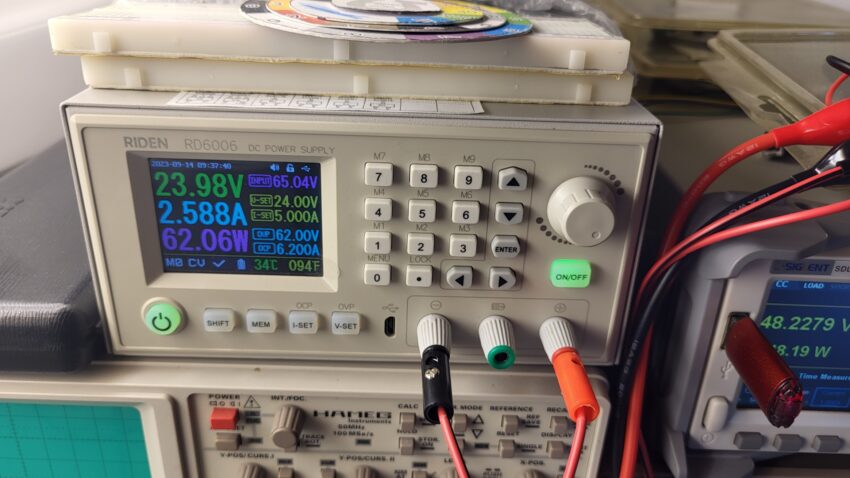
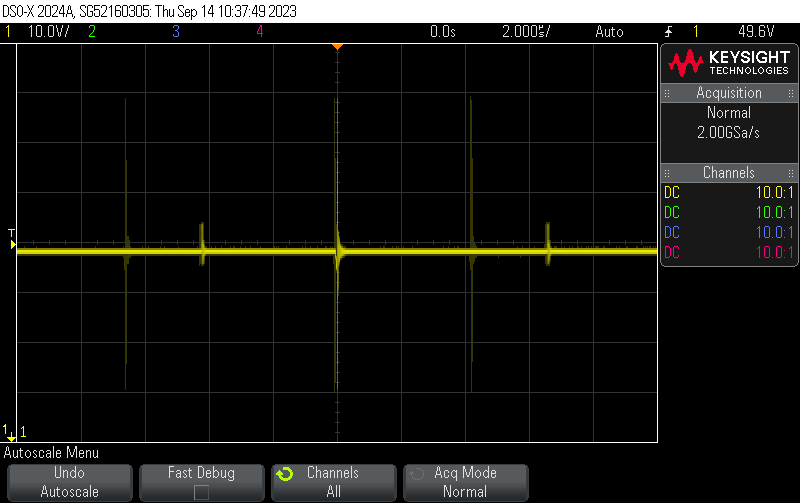
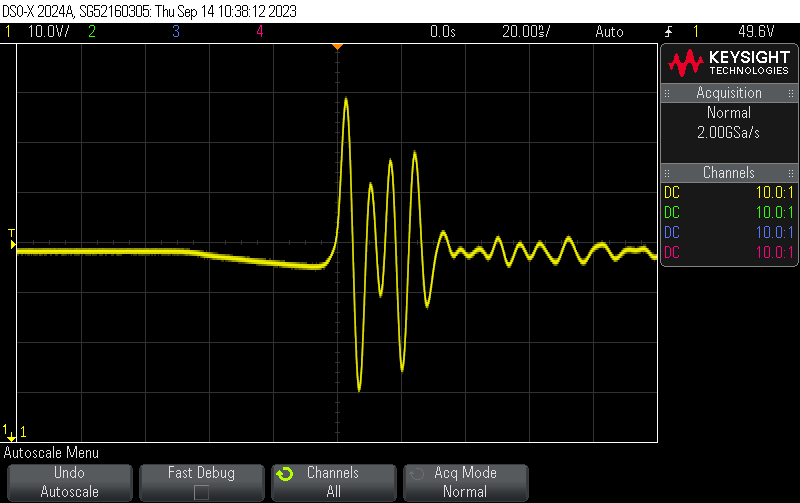
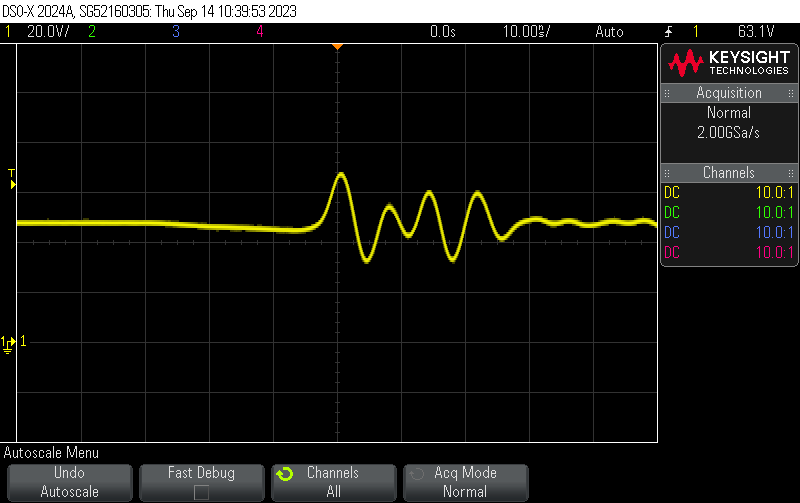
Thermal Image
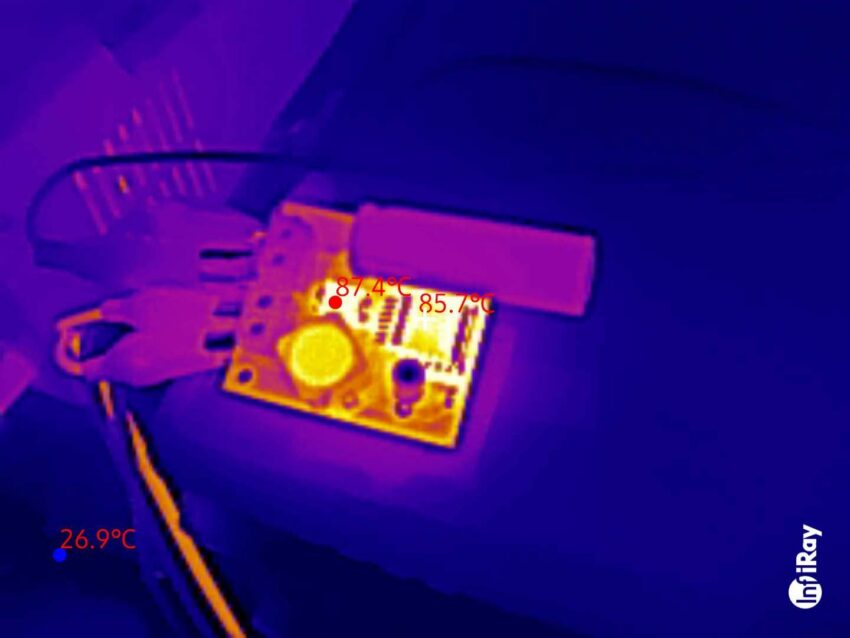
Gerber View
Photos
LM2588 Datasheet
24V to 36V @ 2A DC-DC step-up Converter using LM2588
This is another DC-DC boost converter that provides 36V DC output from 24V DC input with load current up-to 2A. The board is very small. Switch-mode converter is based on LM2588 IC from Texas Instruments. The LM2588 regulator integrated circuit specifically designed for fly-back, step-up (Boost) , and forward converter. Board has minimum components, screw terminal provided for input & outputs.
Features
- Supply Input 24V DC (18-36V Possible)
- Output 36V
- Load Current Up to 2Amps
Schematic




